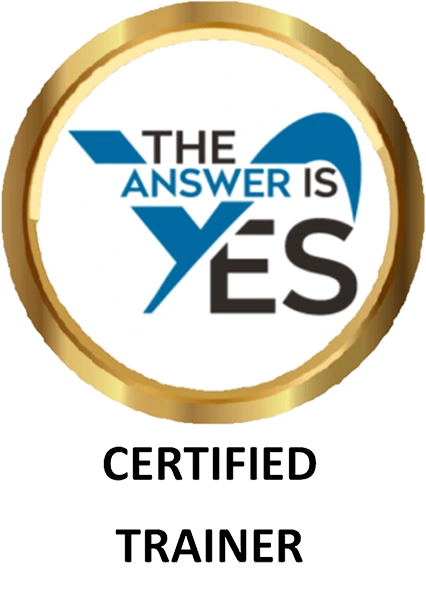“Planning without action is futile, action without planning is fatal.” Cornelius Fichtner
In last week’s Tip, I referenced Will Thalheimer’s triggered action planning , in which a learner identifies goals, the situations when the need for a goal-related action will arise, and the specific actions to be taken when in those situations. It is one way to encourage transfer of learning from the training session back to the participant’s worksite.
Emma Weber also has an action plan called a Turning Learning into Action Action Plan. She proposes that the participant will work through the plan in several one-on-one telephone post-training coaching sessions.
The plan has five columns. The first column asks: “What are you trying to achieve? What specifically will you implement from the program and by when?”
The second column asks: “Why is it important to you?” Here the action plan differs in a very constructive way from typical action plans. It incorporates What’s In It For Me? to encourage intrinsic motivation to meet the goal identified in the first column. I think it is a brilliant addition.
The third column asks: “How will you know you have been successful?” It asks the participant to “describe by seeing, feeling and hearing success.” I think this is another brilliant addition, one I’ve never seen before in a typical training action plan.
The fourth column asks: “What is your current status? Where are you now with this action on a scale of 1 (low) to 10 (high)?”
The fifth and last column asks: “What actions can you take within the next 48 hours? What are the future steps?”
I like both action plan models and would like to see them combined in what we could call a Learning to Worksite Action Plan:
Column 1: Goal: What specifically will you implement from the program and by when?
Column 2: Personal Importance: Why is it important to you?
Column 3: Situation: What situation will you be in when the need for a goal-related action arises?
Column 4: Success Indicators: How will you know you have been successful?
Column 5: Current Status: What is your level of competence and confidence now with this action on a scale of 1 (low) to 10 (high)?
Column 6: Action: What specific action will you take when you enter the situation?
I’d want the learners’ supervisors involved, by having them discuss and mutually complete two more columns:
Column 7: Degree of Success: How successful were you and why is that?
Column 8: Current Status: What is your level of competence and confidence now with this action on a scale of 1 (low) to 10 (high)?
What do you think? What do you use?
May your learning be sweet.
Deborah





